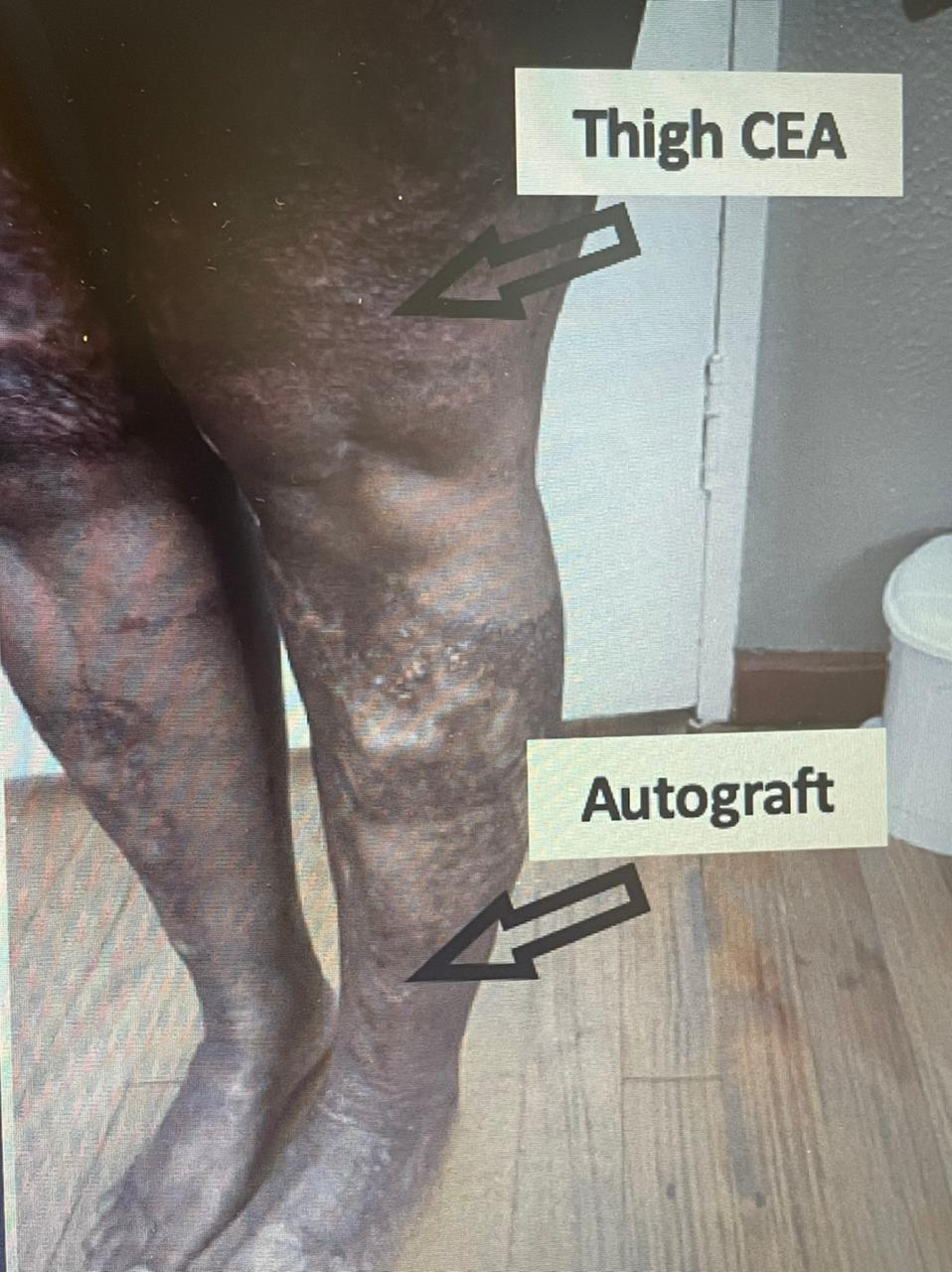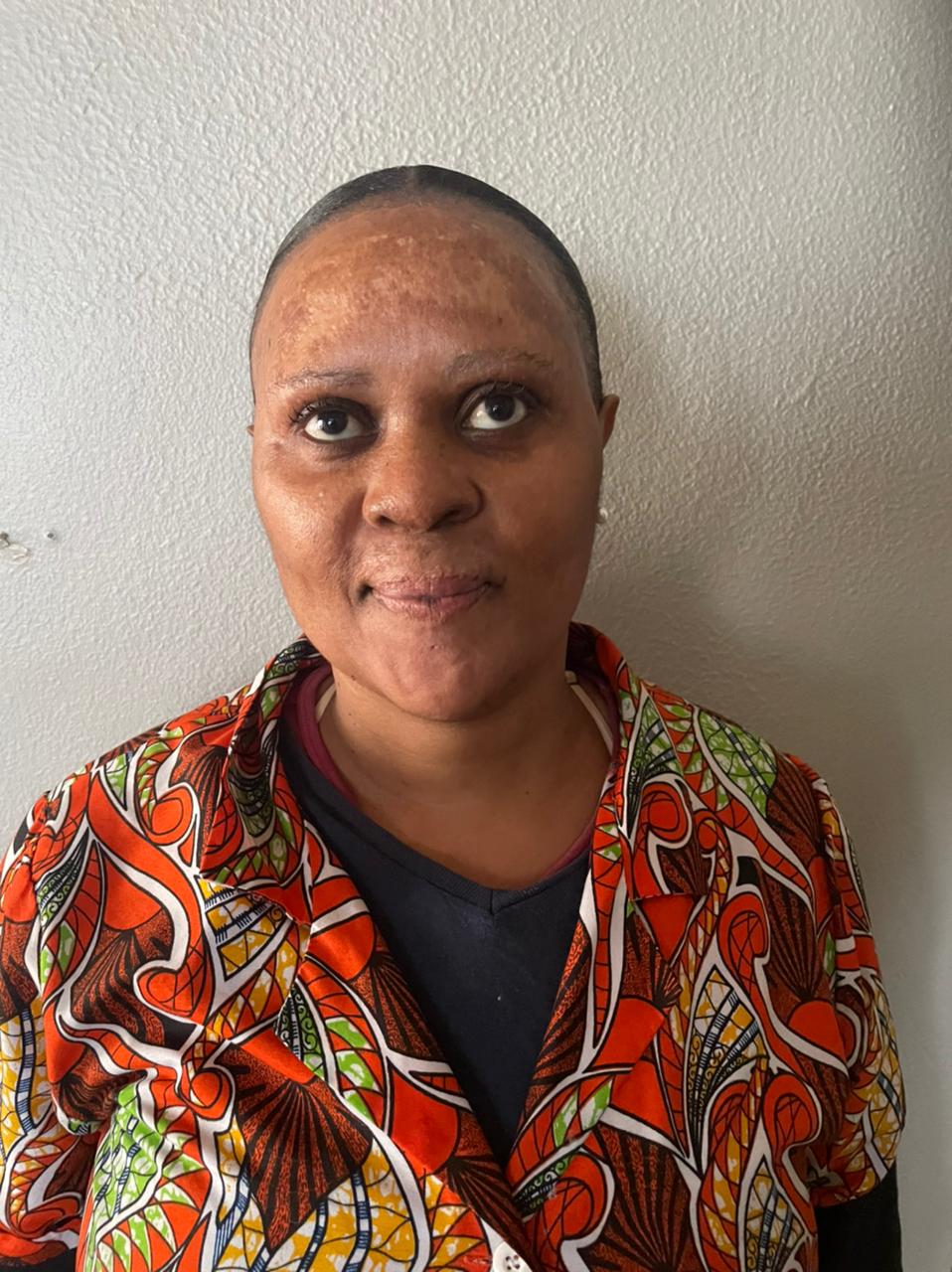
News
Tygerberg Hospital’s specialised burn centre a beacon of hope for burns victims
Coping with a serious burn injury can be a challenge, especially if it covers large areas of an individual’s body or is in places easily seen by other people. At Tygerberg Hospital’s specialised burn centre, the healthcare professionals treat the scarring risk of between 250 to 380 patients every year and help them regain function and self-confidence. These patients often require grafts to cover large wounds, emotional support and months of follow-up care.
Burns are a serious injury and the fourth leading cause of death among trauma victims, after homicides, motor vehicle accidents and suicides in South Africa.
The Western Cape Provincial Centre for tertiary adult burn-wound care (WCPATBC) at Tygerberg Hospital manages the most severe burn injuries in the province. Dr Wayne Kleintjes, Head of the WCPATBC said, “The number of burn admissions to our specialised burn centre varies between 250 to 380 every year. The bed occupancy since after COVID-19 has remained high at around 94% and the average length of stay of patients is around 21 days. The severity of the burn injuries increases during the winter months, and this causes more admissions of serious burn injuries.”
The WCPATBC is known for having a skin culture technique developed for saving major burn victims with the first successful case done in November 2014.
One of the longest follow up patients is 42-year-old Nokuthulu Mbilini from Khayelitsha who sustained a 60 % total body surface area and is a burn survivor. She received multiple areas of cultured skin and an 8-year follow up results show skin with return of pigmentation, elasticity and an excellent cosmetic outcome. “I am very appreciative of the excellent treatment that I received from the doctors, especially Dr Kleintjes and his team of doctors. They gave me hope through inspirational words. Also, the love I received from the nurses, especially Nurses Madotyeni and Madiba. They really took good care of me.”
Laboratory safety studies were completed in 2021 which showed that the culture technique was safe to use on patients. Subsequently many local patients have benefitted from the life-saving advantage of the cultured skin.
The WCPATBC has a skin culture laboratory and a skin bank. An application for national recognition of the skin bank was made and is awaiting approval. The Centre consists of a six-bed Intensive Care Unit (ICU) known as the Burns Intensive Care Unit (BICU). There are 16 ward beds for adults (males and females). Patients older than 13 years qualify for admission to the Centre.
Dr Kleintjes concluded, “The WCPATBC also does outreach burns teaching at regional and district hospitals in the province. These outreaches include the West Coast up to Vredendal, the Cape Winelands route up to Montagu, and the Garden Route up to Knysna and Oudtshoorn and Klein Karoo. “
Burns training for burn awareness and improved burn care is done annually in May and October. The October burn training includes local and national representatives of the South African Burn Association.
Burn admission criteria:
to the WCPTABC:
- Deep burn wounds affecting more than 15 % of the total body surface area (TBSA)
- Partial thickness burns more than 24 % TBSA
- Inhalation Burns
- Electrical burns
- Chemical Burns
- Other special burns like frostbite or radiation injuries
- Patients with co-morbidities requiring another specialist input
- Special anatomical areas: face/ hands or feet / perineum and or genitalia
for level two (regional) hospitals (New Somerset; Paarl; Worcester; George):
- Full thickness burns 5-14 % TBSA
- Partial thickness burns 10-24 % TBSA
- Other less serious burns
for level one (district) hospitals (Khayelitsha; Victoria; Karl Bremer; Mitchell’s Plain, etc.):
- Full thickness burns less than 5 % TBSA
- Partial thickness burns less than 10 % TBSA





